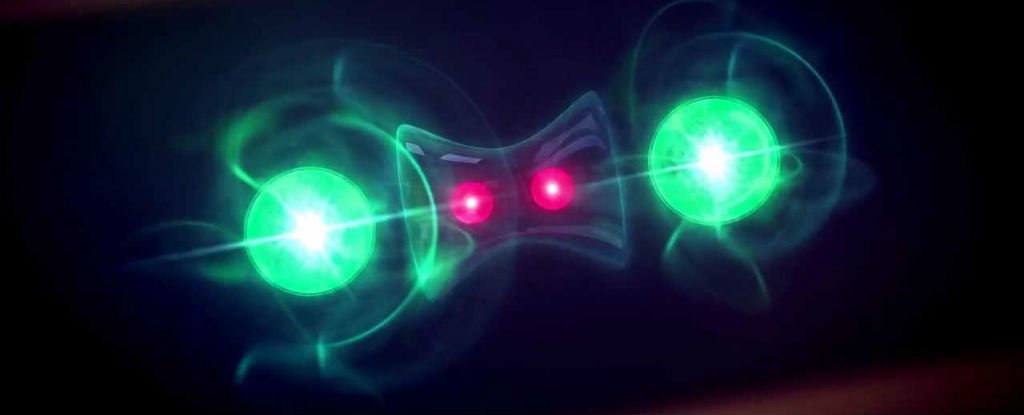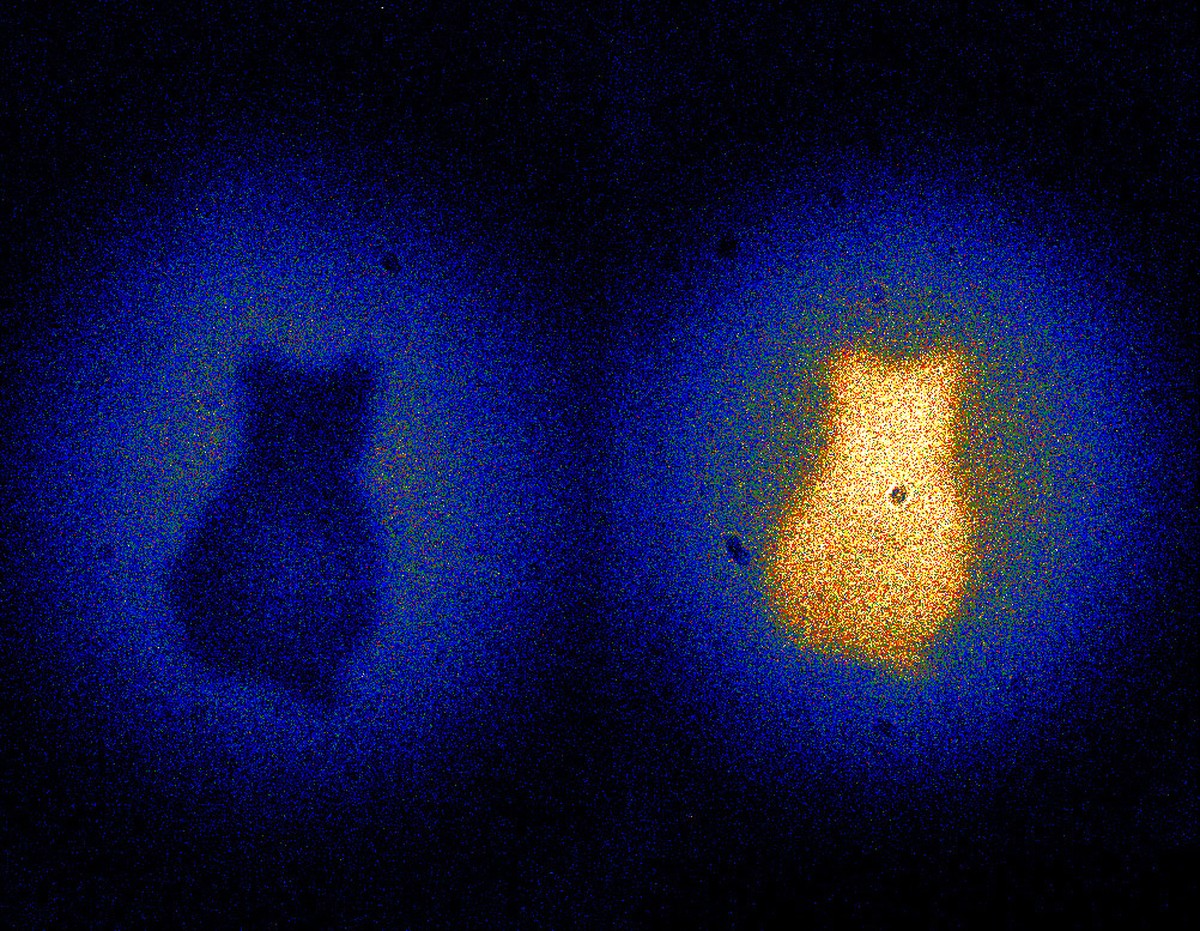1,200 Km has managed to maintain the quantum knotted between two photons
2017/06/14 Agirre Ruiz de Arkaute, Aitziber - Elhuyar Zientzia Iturria: Elhuyar aldizkaria

The phenomenon known as "quantum lock" is that two particles are complicated quantum and, therefore, manipulated one of them acts on the other. This feature has long been exploited by physicists, as it may be of great interest to use it as a communications network for the transmission of information. However, there are great difficulties as particles move away, as it is increasingly difficult to maintain quantum entanglement. 14 years ago, a group of Chinese scientists managed to chain themselves on both sides of the Danube River; 5 years ago, 100 km, and this time, about 1,200 km away.
The new work has been published in the journal Science. A laser beam was led to a glass that was on a satellite and formed pairs of complicated photons. These photon pairs were distributed and channeled to two points in Tibet, located 1,200 kilometers from each other. In this way more than a thousand pairs of photons have been collected and measurements suggest that they remained entangled.
As a communications network it has to offer this effect. Since there is no physical connection between the two blocked particles, no one could influence and obtain information about this communication. If a global network of complicated particle pairs were achieved, it could communicate with any place in the world, but for this it is essential that this entanglement can be carried out at ever greater distances.

Gai honi buruzko eduki gehiago
Elhuyarrek garatutako teknologia




